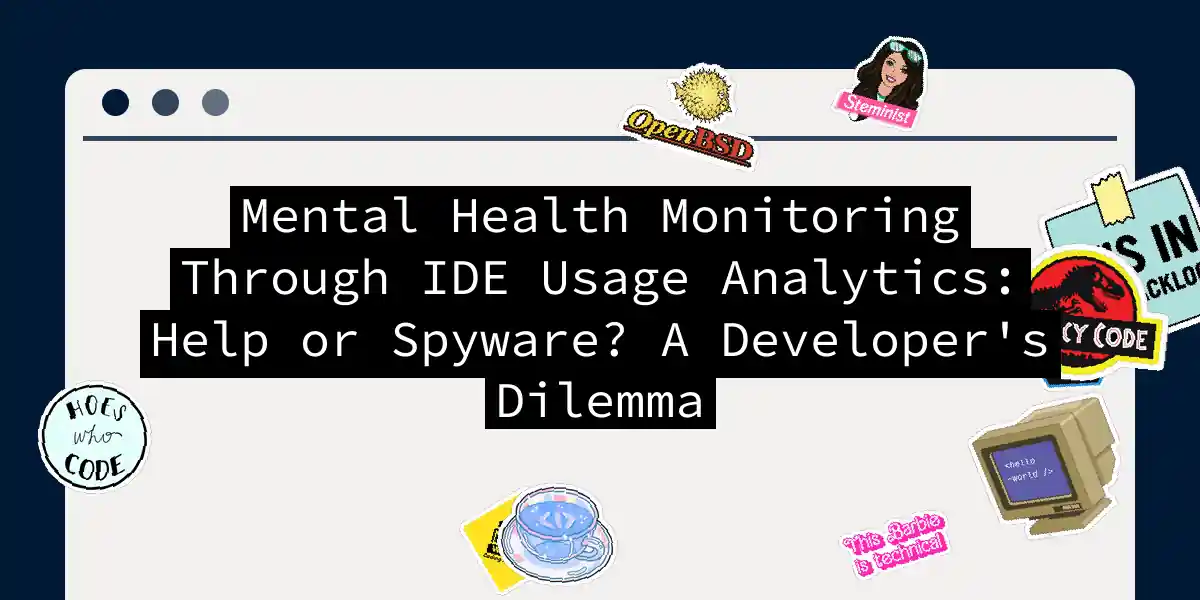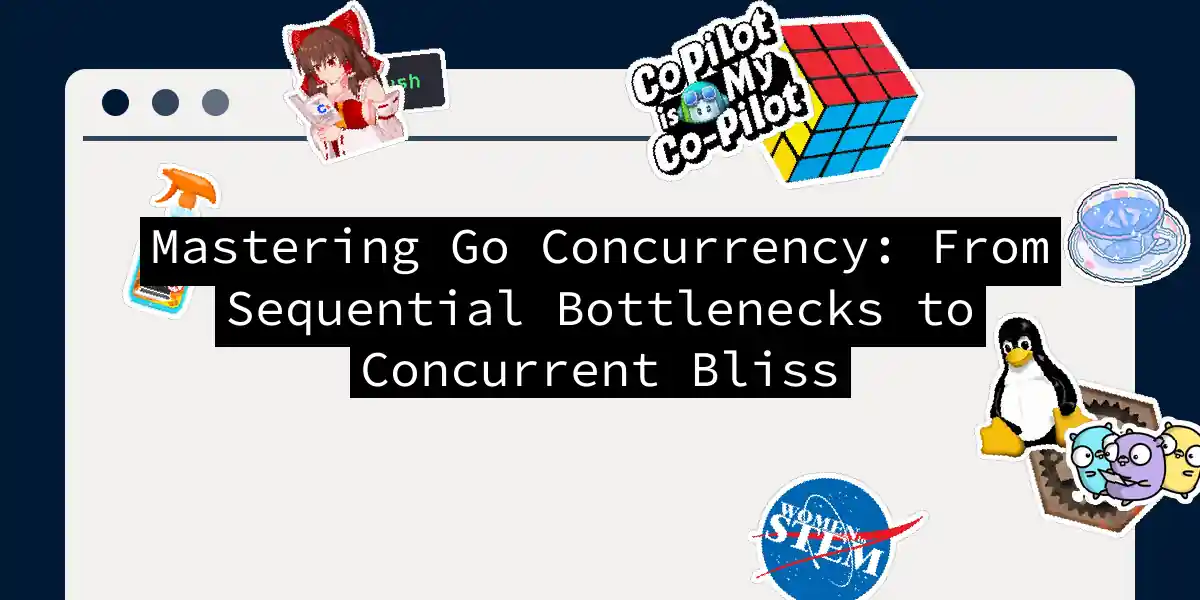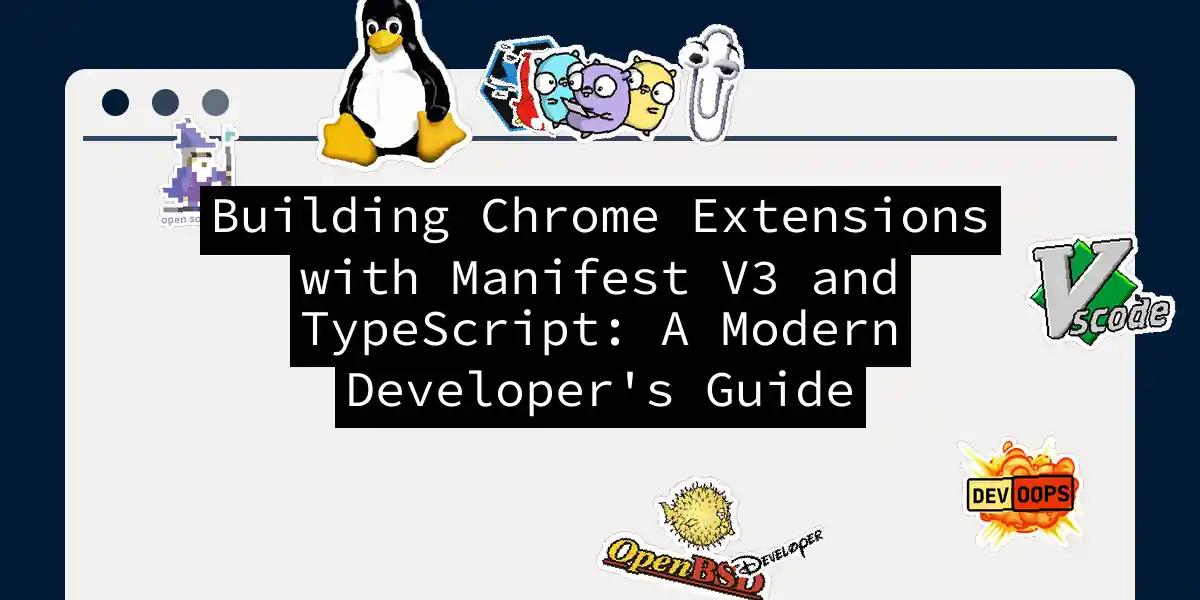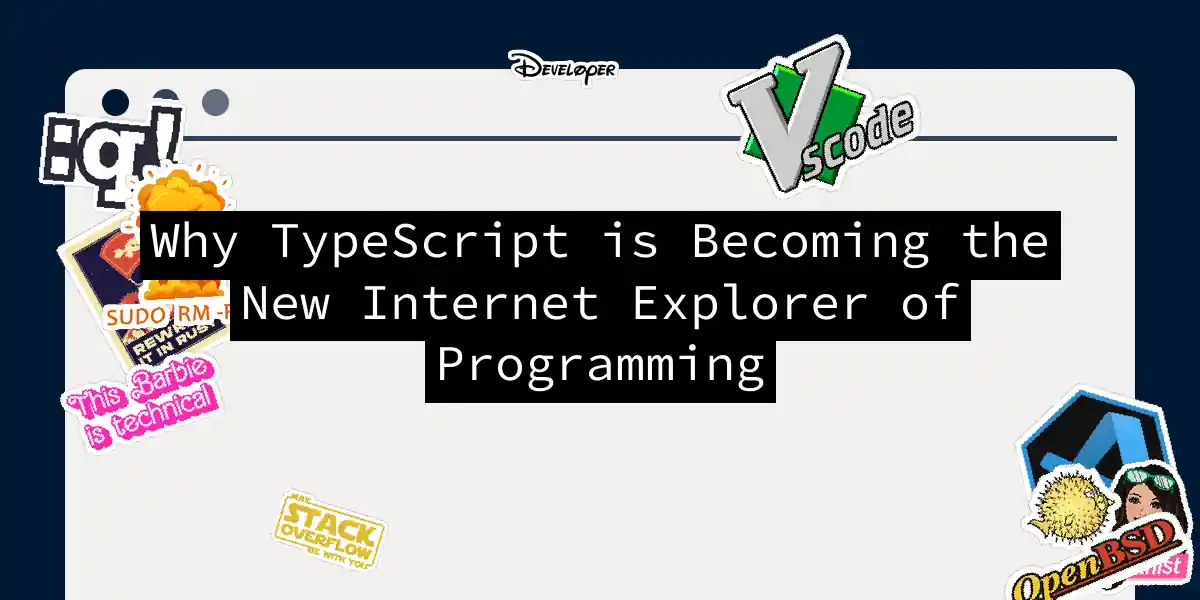
Mental Health Monitoring Through IDE Usage Analytics: Help or Spyware? A Developer's Dilemma
You know that moment when your IDE suggests you take a break because you’ve been staring at the same function for three hours? Well, someone thought it was a brilliant idea to scale that observation up to track mental health patterns. And honestly? I can’t decide if it’s genius or terrifying. The premise is seductive: what if the tools we already use—our IDEs, development platforms, collaboration software—could quietly observe our work patterns and alert us (or our employers, or healthcare providers) when something seems off?...



